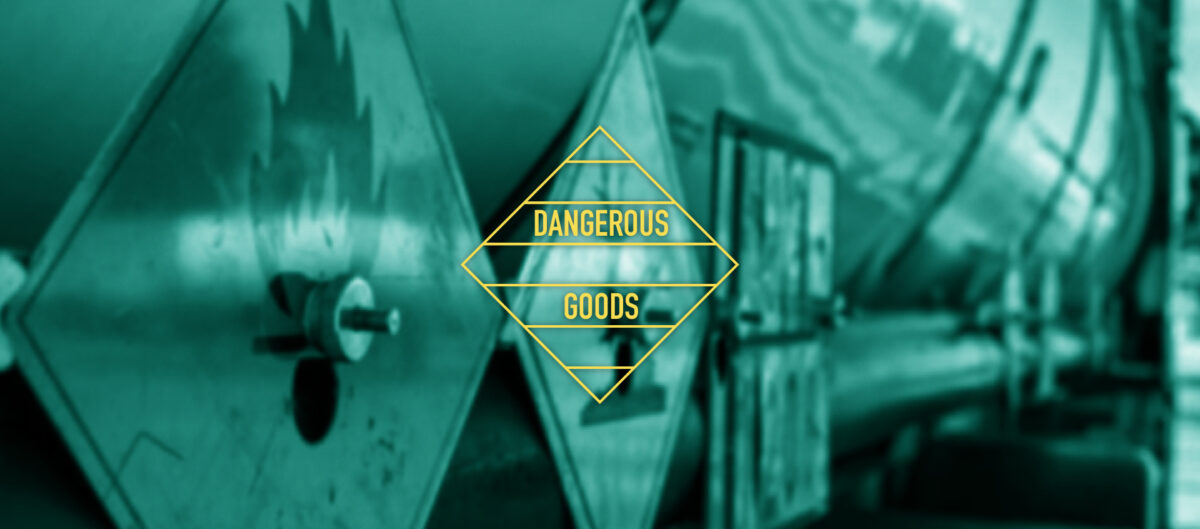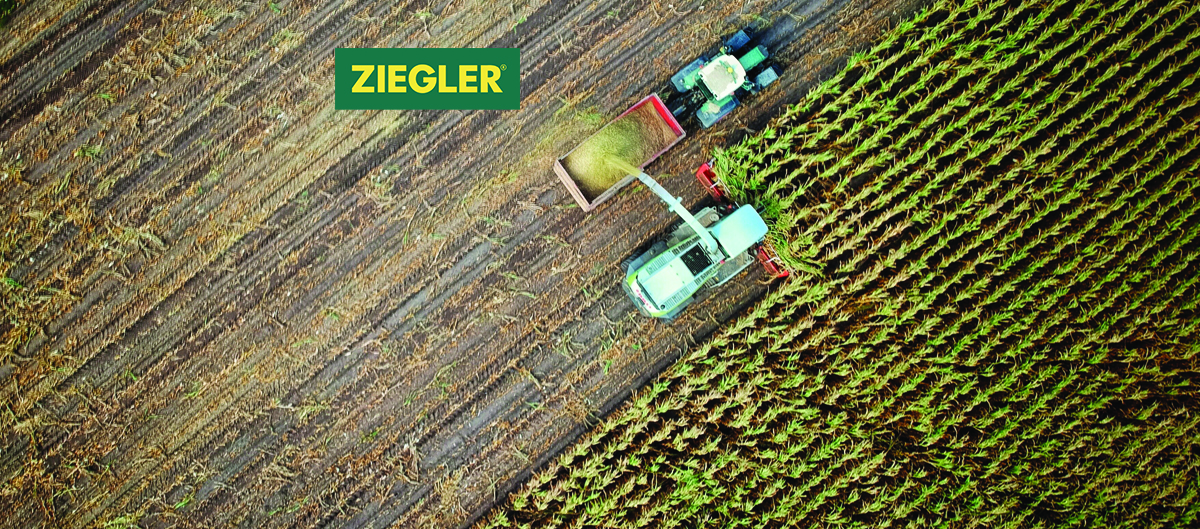Manufacturers of chemicals and other goods that are considered dangerous during transport need to pay extra attention to comply with all safety standards and exercise great care in their operations for social, environmental and business reasons. We understand that outsourcing this part of the business process can be particularly stressful.
Choosing a dangerous goods supply chain partner is challenging. You want to be sure that your partner is trustworthy and experienced, that the highest safety standards are as much their highest priority as they are for you, and that you can count on their support and expert advice at every stage.
Ziegler has over 30 years of experience in the transport of dangerous goods and has a network of experts in this field. Three of them – Bruno Fangon, Safety Expert at Ziegler France, Luc Van Rompaey, Dangerous Goods Safety Adviser at Ziegler Belgium, and Raphael Lang, Quality and Environment Officer at Ziegler Switzerland and Germany – explain how to transport dangerous goods and what cannot be overlooked in the process.
What goods are classified as dangerous (ADR, regulated hazardous products)?
We should start with the terminology.
ADR stands for “Accord européén relatif au transport international des marchandises dangereuses par route” and refers to the international transport of dangerous goods by road.
The IMDG Code is the international guidelines for the safe transport or shipment of hazardous materials by water.
IATA (International Air Transport Association) Dangerous Goods Regulations are used to ensure the safe transport of dangerous goods by air.
And RID applies to the international carriage of dangerous goods by rail.
For simplicity’s sake, we will use ‘regulations’ to refer to all the above.
Substances which (even in limited quantities) can cause serious damage or nuisance to humans, animals, materials and/or the environment during transport are defined as dangerous goods. They are classified this way, whether they can be hazardous alone or by coming into contact with another substance.
Dangerous goods are divided into classes based on the type of hazard they present. These classifications are made based on the physical properties of the substance. If a substance has several hazardous properties, it is assigned to the class that presents the most significant danger during transport.
The following classes occur:
- class 1 : explosives
- class 2 : gases
- class 2.1 : flammable gases
- class 2.2 : non-flammable, non toxic gases
- class 2.3 : toxic gases
- class 3 : flammable liquids
- class 4 : flammable solids; substances liable to spontaneous combustion; substances which, in contact with water, emit flammable gases
- class 4.1 : flammable solids, self-reactive substances, solid desensitized explosives and polymerizing substances
- class 4.2 : substances liable to spontaneous combustion
- class 4.3 : substances which, in contact with water, emit flammable gases
- class 5 : oxidizing substances and organic peroxides
- class 5.1 : oxidizing substances
- class 5.2 : organic peroxides
- class 6 : toxic and infectious substances
- class 6.1 : toxic substances
- class 6.2 : infectious substances
- class 7 : radioactive material
- class 8 : corrosive substances
- class 9 : miscellaneous dangerous substances and articles
It is important to remember that the classes’ numerical order is not a reflection of the hazard’s degree of severity.
A Ziegler expert will always help you make sure that your transport is carried out under optimum safety conditions and in compliance with regulations, based on the information contained in the Safety Data Sheet.
What types of dangerous goods can be transported and which cannot?
Ziegler can transport many dangerous goods including flammable liquids and solid, spontaneously flammable material or similar materials that give off flammable gases when in contact with water. We can also transport oxidizing materials (e.g. fertilizers), organic peroxide, toxic materials, corrosive goods such as acids or miscellaneous dangerous materials and objects, e.g. lithium cells and batteries.
Can each type of dangerous goods be transported by each freight type (sea, air, road, rail)?
We can globally transport dangerous goods by any type of cargo depending on customer expectations and needs, with respect to the specific requirements that exist for certain modes of transport.
When it comes to the transportation and storage of hazardous products, how well is Ziegler prepared for safety?
Ziegler is an expert in the transportation of dangerous goods. We know that in the transport of regulated hazardous products, no margin of error is allowed.
We make every effort to comply with all laws and regulations regarding the transport of dangerous goods in any mode of transport and during temporary storage and transhipment. Each driver who comes into contact with hazardous materials always has up-to-date ADR training. Employees of operational, commercial and other departments are also trained in it.
Ziegler’s vehicles are equipped to transport hazardous materials, are compliant with related regulations, and are subject to periodic inspections. Our Dangerous Goods Safety Advisors prepare an annual report on the company’s performance in this area for our management and local public authorities. SQAS (Safety & Quality Assessment for Sustainability) assessments have been carried out at several of our sites. SQAS is a system of uniform assessments conducted by third parties to evaluate the performance of logistics service providers and chemical distributors. SQAS assessments cover quality, safety, security, environment and CSR (Corporate Social Responsibility) and is coordinated by the CEFIC (European Chemical Industry Council).
Last, but definitely not least, is our IT support, which is designed to support our stringent safety measures. Our system guarantees notifications for prohibited products, has an automatic monitoring system, alerts, products nomenclature and route notes creating options.
When it comes to storage, different regulations apply to the storage of dangerous goods than to transport [The Regulation (EC) No 1272/2008 on the classification, labelling and packaging of substances and mixtures (CLP Regulation)].
Products that are subject to CLP regulations can be stored in several of our units. In Belgium, for example, we even have a Seveso high-level warehouse. The Seveso Directive aims to prevent, prepare for and respond to accidents involving hazardous substances in the EU industry.
Our high standards minimize environmental risk and maximize safety and efficiency.
How do we support customers in the process of warehousing and transporting of hazardous materials?
According to the laws and regulations, it is worth knowing that the sender has to confirm that the dangerous goods are correctly classified and approved for transport to make sure that they are properly packed and identified to prepare the necessary declarations, etc.
However, we realize that many of our clients need our support throughout the process, and want a partner who can handle the hazardous goods turnover process from A to Z. We have experience in the end-to-end supply chain management of dangerous goods, from packaging, storage, preparation of the necessary documentation, customs formalities, to transport and delivery. You can count on our experience and expertise in this area.
Contact your Ziegler consultant or find your local Ziegler contact to find out more.




